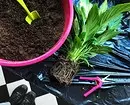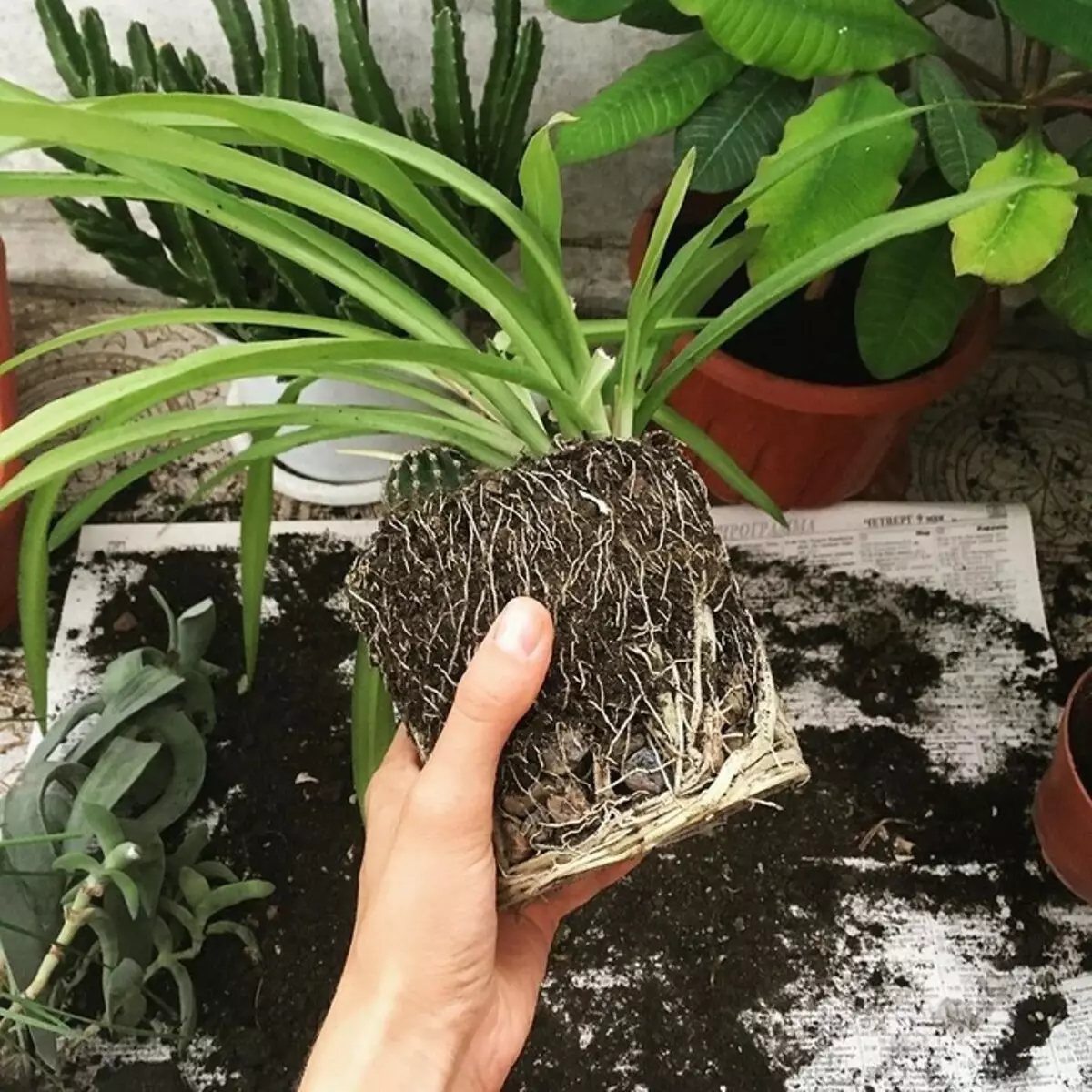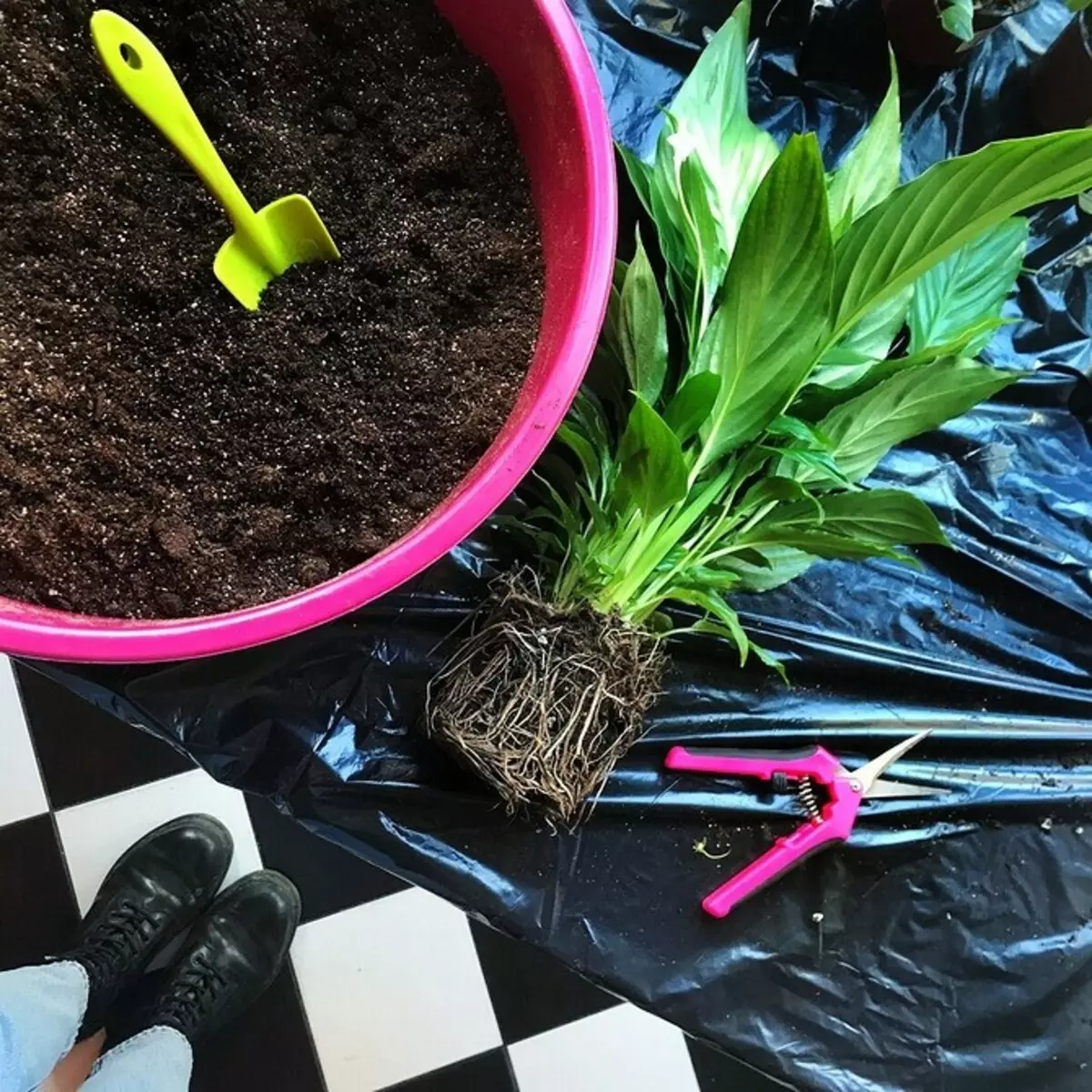We tell how to determine whether a transplant is needed, choose a suitable pot, earth and transplant the plant.
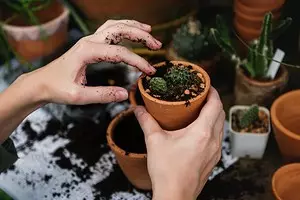
Told all the subtleties in the video
1 Determine whether it is time to make a transplant
As a rule, a transplantation before the start of flowering, when the roots have grown and the pot has become a little. There are several ways to understand that the pot is small, and they do not define "on the eye":
- The soil dries very quickly after watering - it means that the roots have become too much.
- Growth stopped - in the soil there is not enough nutrients, the plant has already absorbed them. If the roots are a bit - you can simply replace the soil and make fertilizers, without changing the pot.






At the same time, it is not worth waiting for a good time of the year if the plant is sick and began to wake without an obvious reason. Most likely, the problem lies in the roots. Maybe the parasites or they got sick. In both cases, you need to remove the flower of the pot, carefully shake the whisk of soil and clean them with water. Remove the rotten and patients of the root system, process the bactericidal solution, which can be found in flower shops. Disinfective pot or take a new one and use a suitable store soil.
The only situation when it is not worth transplanting - during flowering. If the plant is sick, appreciate how long the flowering period will last and whether it is worth risking and carry out a transplant immediately.
2 Choose a pot
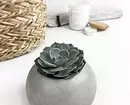

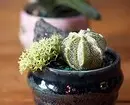
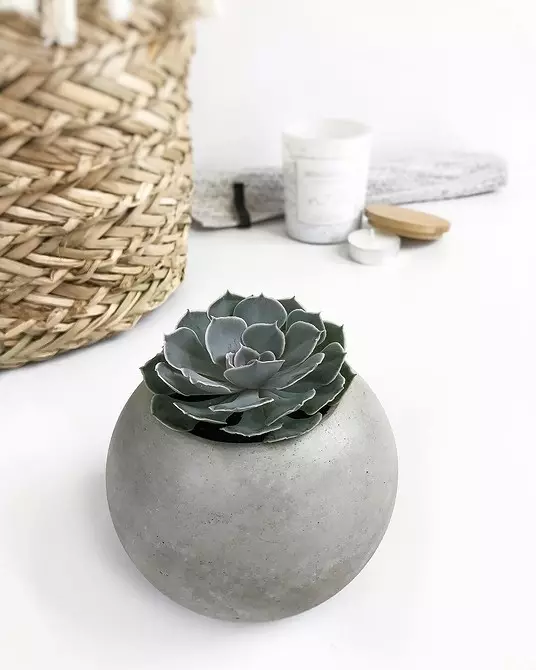
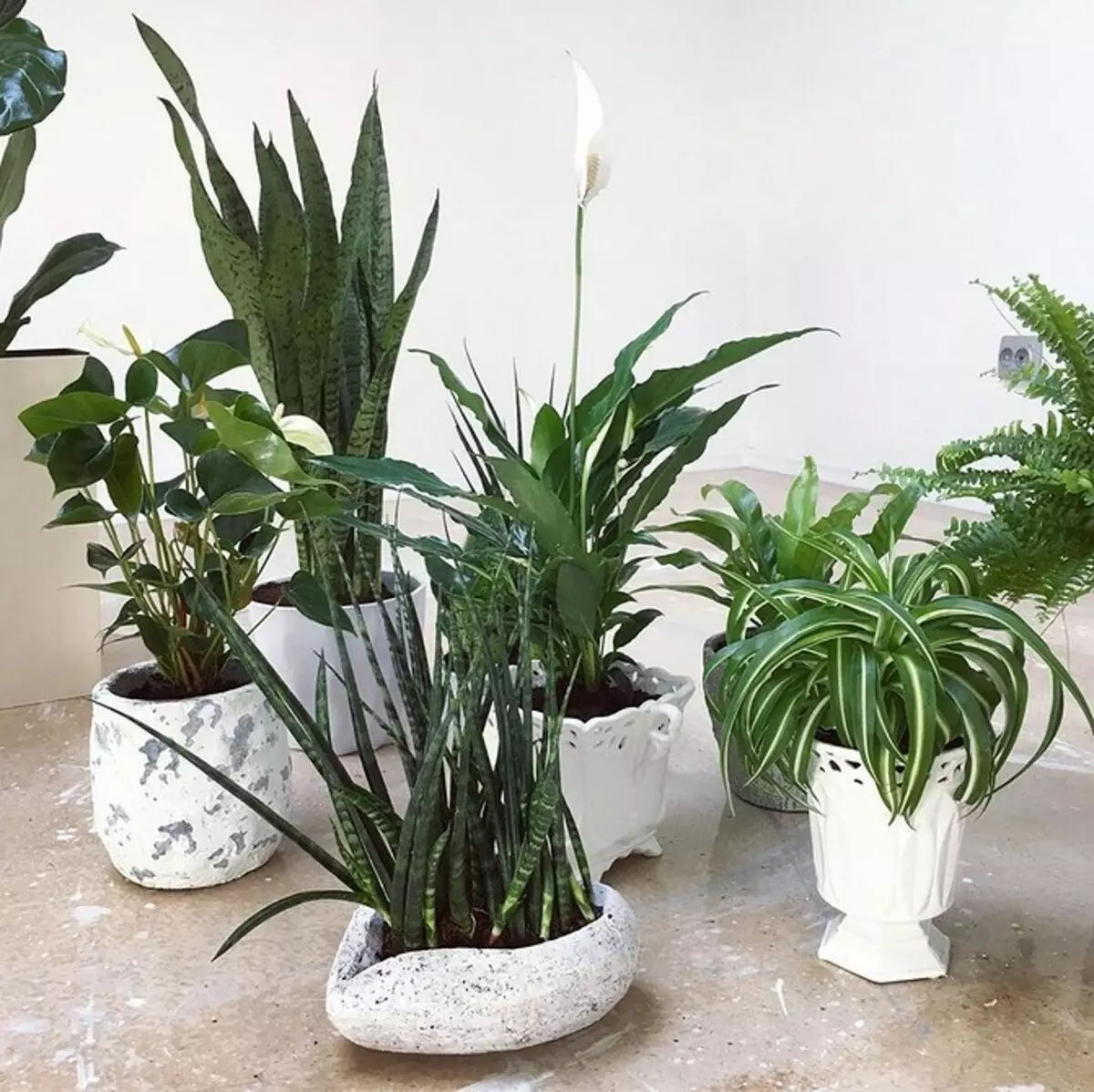
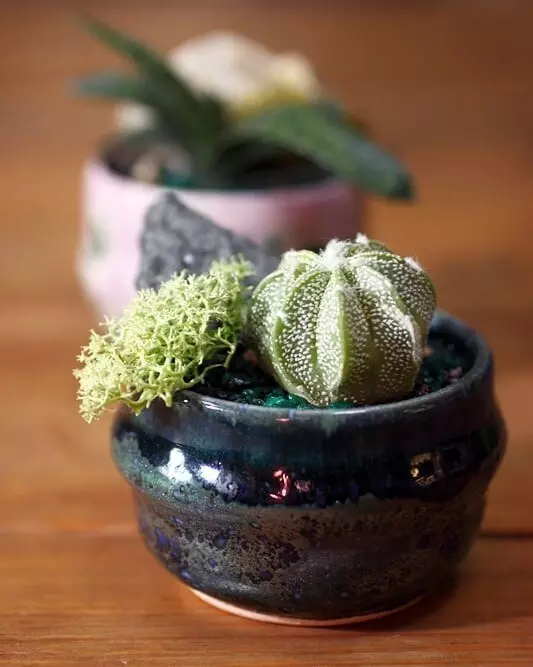
The size
Pay attention to the size of the pot. Initially, it is selected according to the size of the flower itself and its root system. If the volume is not enough, it will not be able to develop the roots, and if Velic is, there is a risk of convergence. There are plants that can pick up a pot slightly on the increase - for example, palm trees. In other cases, focus on the option on a 3-4 centimeter in width and a depth of more than the previous one.
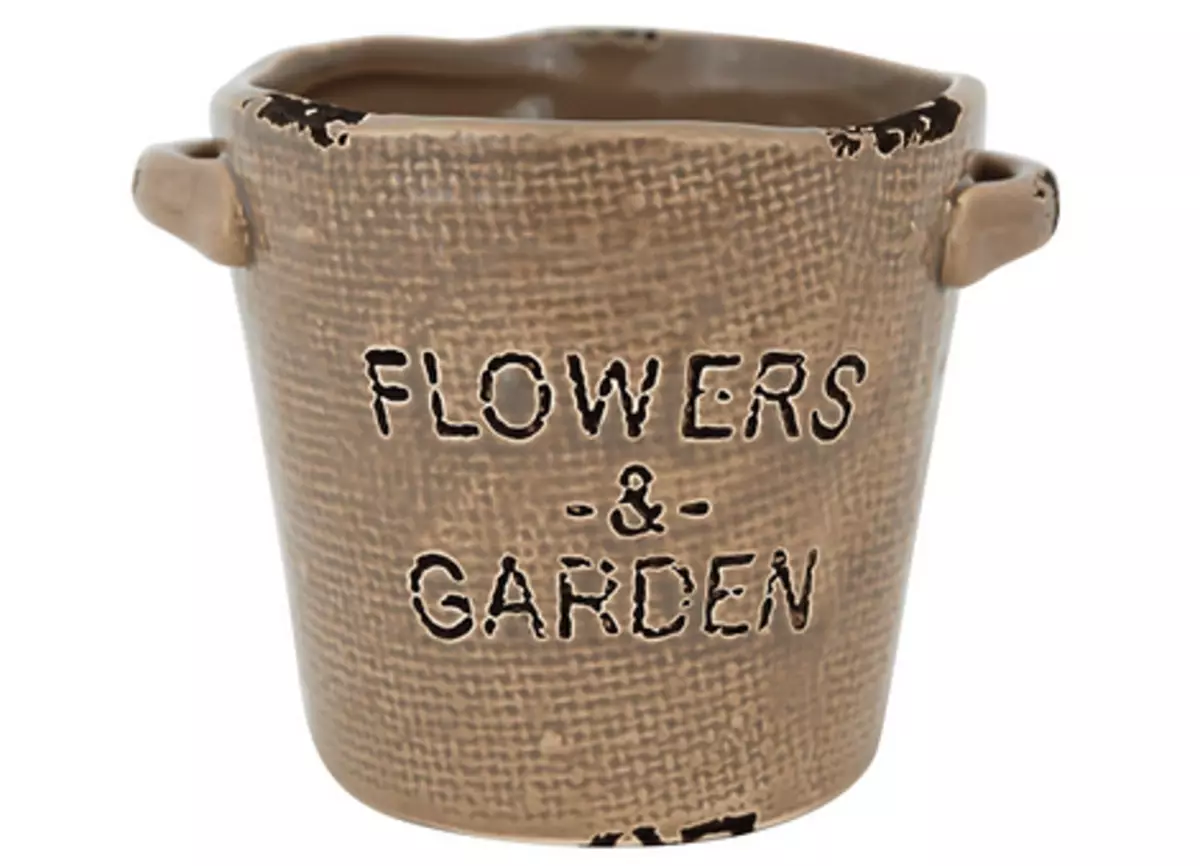
Kashpo-cactus "Velotko"
260.Buy
Material
The second important point is the material. Clay pots are considered the best solution due to their porous structure, which allows the roots to breathe and prevents the loading of the soil. The only moment with which you have to be careful - clay products do not hold the temperature, so for thermal-loving varieties will have to look for a warm place in the house.
But from plastic products, in principle, it is better to refuse: they keep moisture too well, which can lead to the loading of the soil and roots. They overheat in the sun, from which the flower will suffer too.
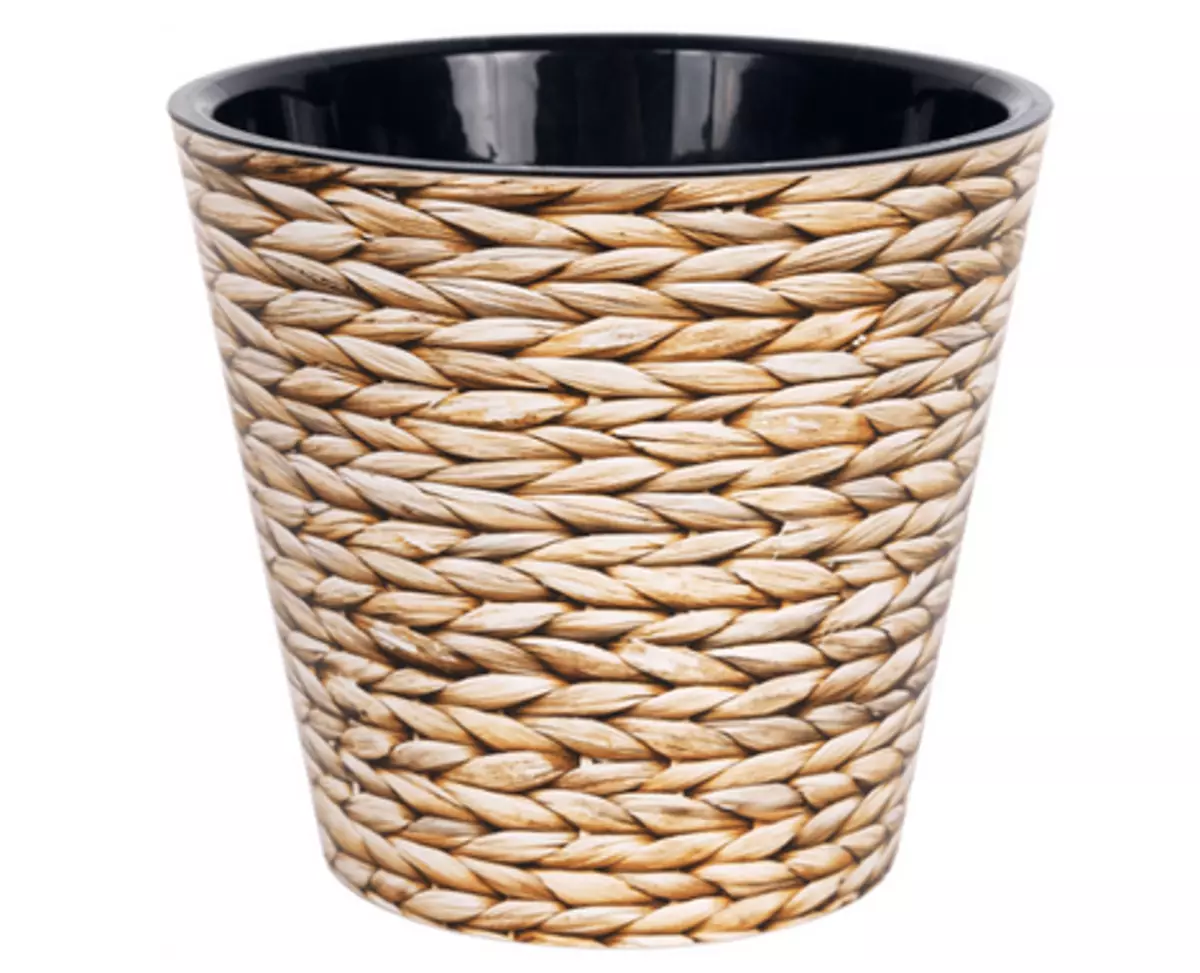
Fiji Flower Pot
230.Buy
3 Choose the soil
The first and most important point - you should not take the soil from the street or even your own country area. The bedroom varieties are not so enduring, like street, and easily make any disease or parasite. Of course, there are ways to carry disinfection, for example, warm the soil in the oven at a temperature of ninety degrees, freeze or treat chemicals, but only you decide whether to risk a specific plant and those that grow nearby and can pick up the disease.
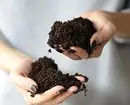


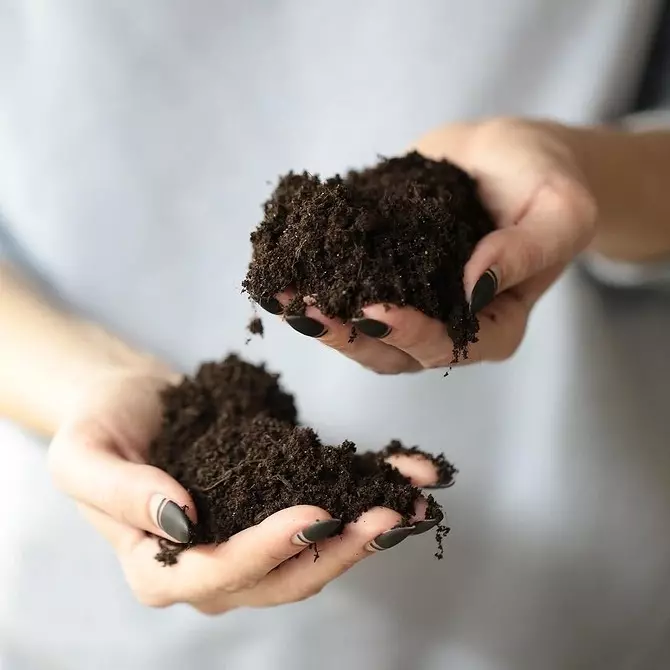
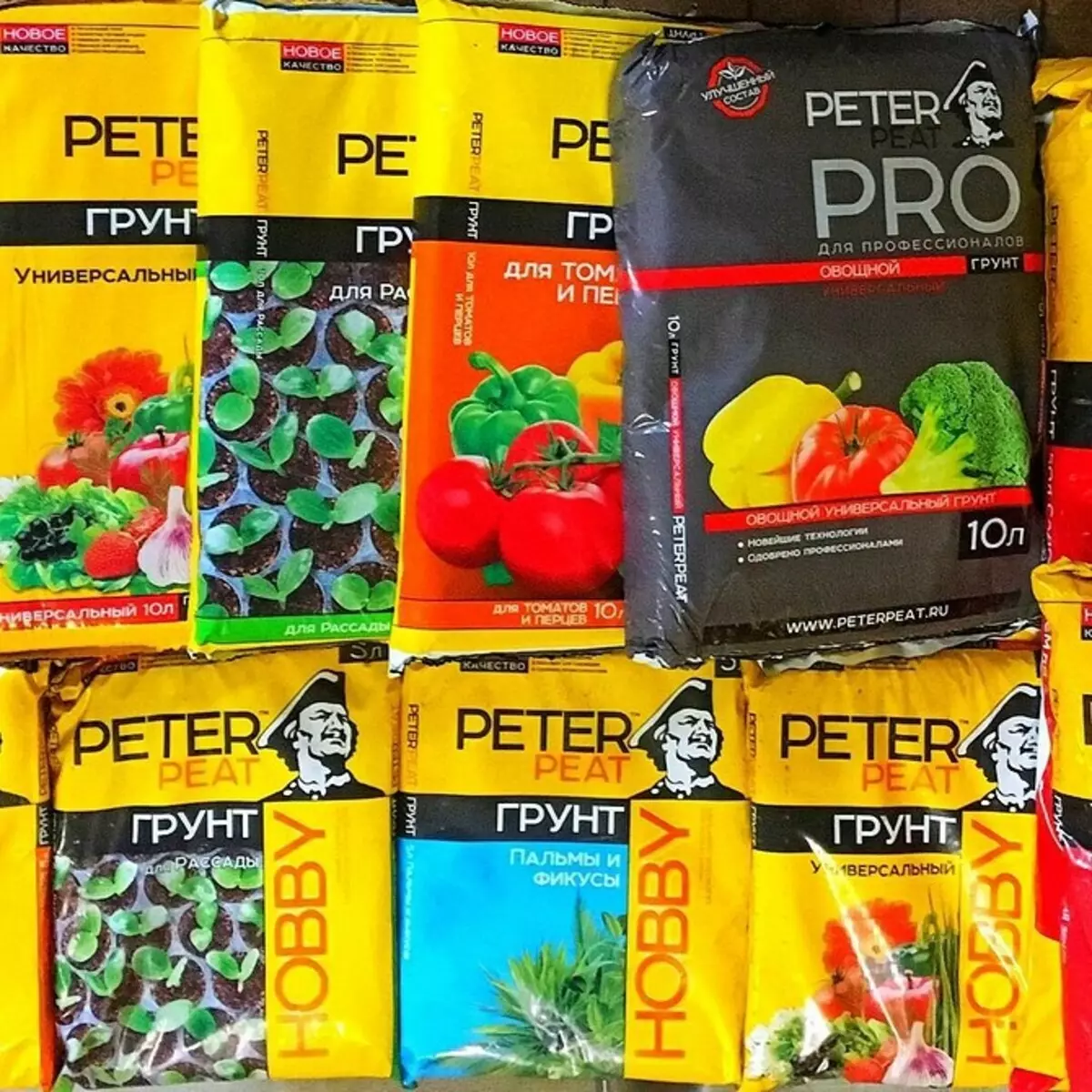
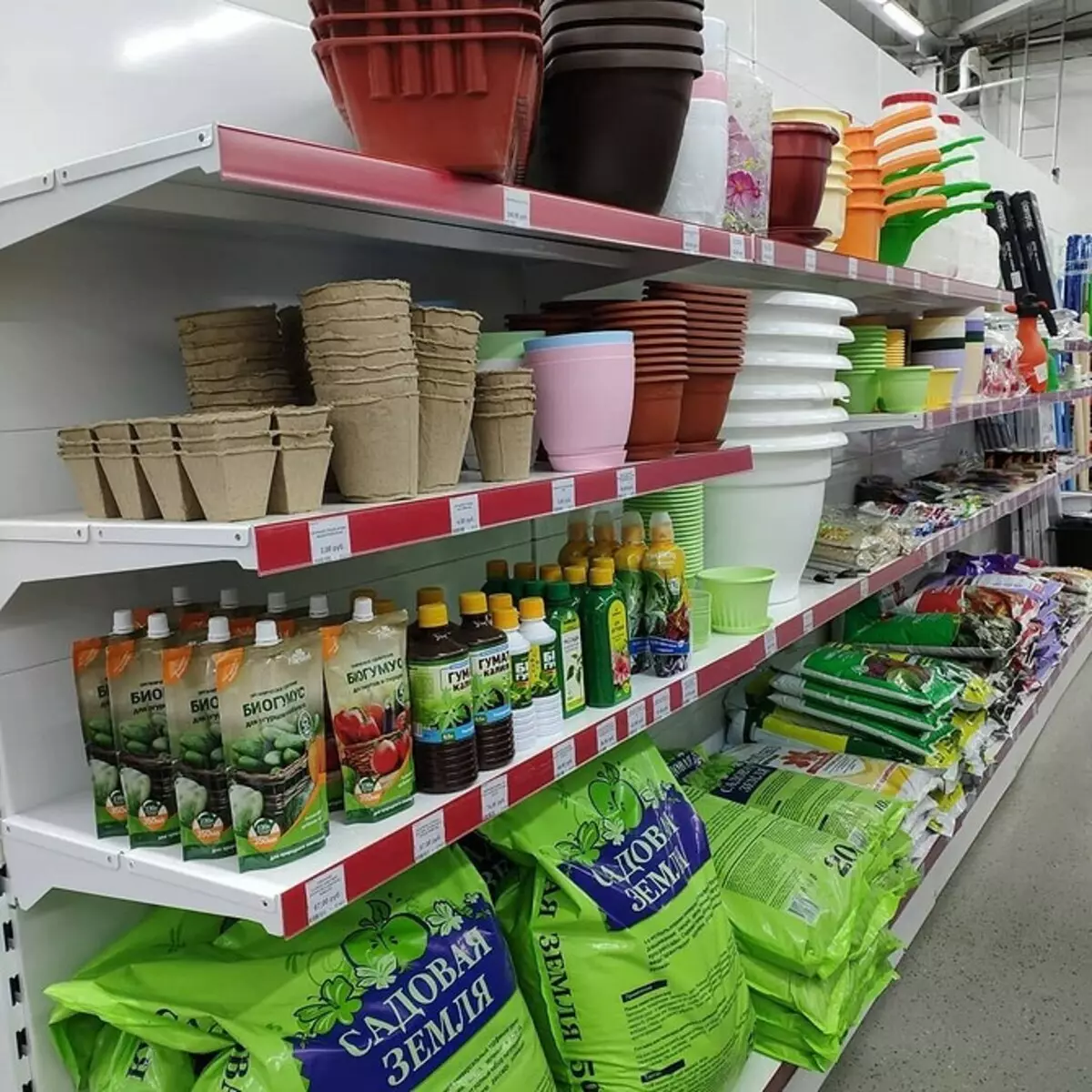
The easiest way to contact a large flower shop and ask to give a soil for a specific flower. It will include the desired level of mineral substances, acidity and density of the soil. For example, roses, carnations and petunias love acidic soil, and cacti and succulents need sand with the addition of leaf land and peat. Also, in the case of the shopping ground, you can be sure that it is processed and does not pose a threat to the health of plants.
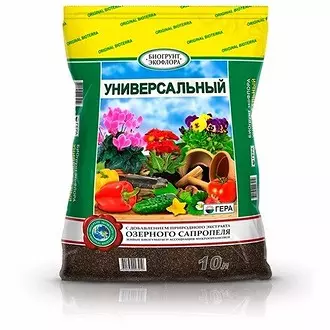
BioGrunt Gera Universal
You also need to buy drainage - this is a layer of small stones at the bottom of the pot, where water will be gather after watering, it is needed anyway. Choose special materials:
- vermiculite;
- agroperlite;
- Drainage clay.
They let moisture and protect the soil from the toxins and salts of heavy metals.
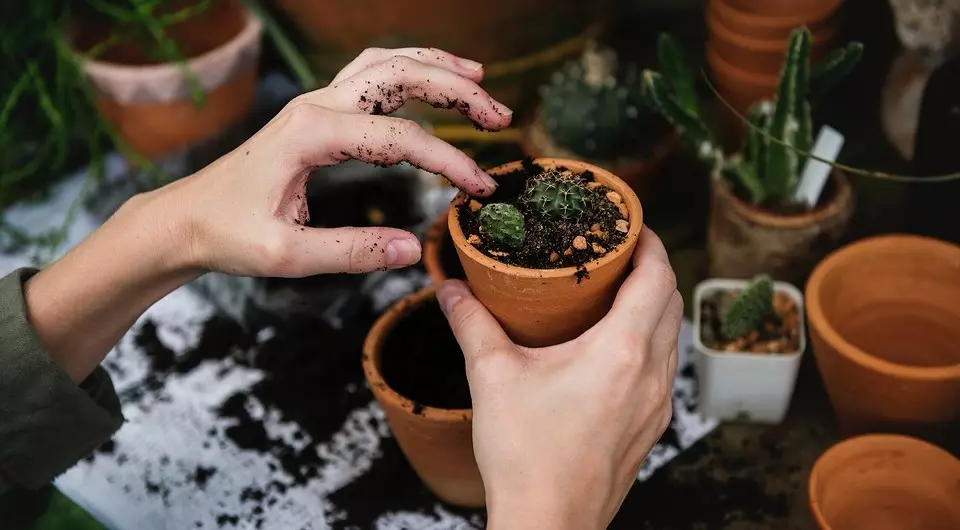
4 Replancing
At the beginning of the transplant procedure, try tilt the pot and try gently tooling the contents. If nothing happens, the soil must be ridiched and leave for ten to fifteen minutes. The earth softening and it will be easier to extract. Additionally, you can spend between the pot and the ground with a thin wooden stick, but carefully not to damage the roots.
Wash the new pot, dry and put a layer of drainage. To put a little new soil on it, install the flower in the center and gently sprinkle the ground on the sides. It can be a little tample, especially if the plant is large and heavy, but not very much.
After completing the procedure, let the flower stand a little and then pour, but not too abundantly.

